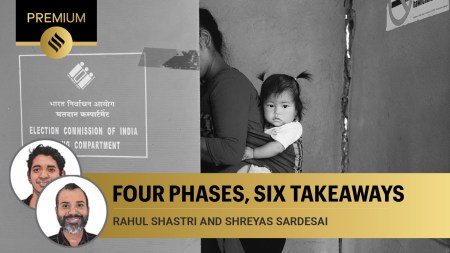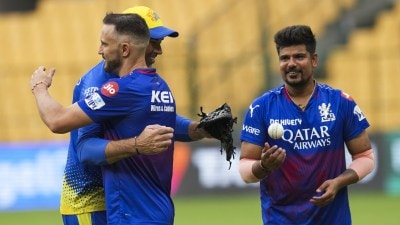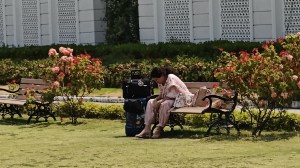- India
- International
Explained: Overshoot to kill
Friday’s accident that killed 32 people in Rae Bareli occurred after the train overshot a signal, refusing to stop at Bachrawan station and hitting a track dead-end.
 Friday’s accident that killed 32 people in Rae Bareli occurred after the train overshot a signal, refusing to stop at Bachrawan station and hitting a track dead-end. AVISHEK G DASTIDAR explains how this might have happened.
Friday’s accident that killed 32 people in Rae Bareli occurred after the train overshot a signal, refusing to stop at Bachrawan station and hitting a track dead-end. AVISHEK G DASTIDAR explains how this might have happened.
When do trains overshoot signals?
A train is said to have “overshot” a signal — technically referred to in Indian Railways jargon as ‘Signal Passing At Danger’, or SPAD — when the driver ignores a red signal asking him to stop. In Railways signalling sequence, every signal is also an indicator of the next signal. Thus, if the current signal is red, or “danger”, the next signal cannot be green. If the current signal is yellow — “caution” —the next signal cannot be green.
Why might overshooting happen?
A red signal can be crossed as a result of human error, like the driver failing to sight the signal, or not reacting to it. It can also be due to a mechanical or equipment failure, such as the brakes not working for some reason. While the Railways runs on both an automatic signalling system, and what is known as ‘Absolute Block Signalling System’, the adherence to signals is a manual job, and does not happen automatically. Data doesn’t conclusively prove that one type of signal is more prone to SPAD than the other.
How frequent is signal jumping?
It is not infrequent. For instance, between April 2011 and August 2014, there were 239 SPAD cases, or around six instances every month on average. But the Railways claims the numbers have been decreasing as a result of policy interventions.
How does jumping a signal put a train at risk?
Obviously, not all SPAD cases end up in a loss of lives or damage to property. But in the Indian Railways’ books, every case of SPAD is termed as an ‘accident’, and the punishment for the driver is removal from service. Many SPAD cases have led to collisions and derailment.

What are the other reasons for accidents?
Collision, derailment and fire are most common. Accidents happen at manned and unmanned level crossings too. Numbers for one or the other type of accident fluctuate from year to year.
What is the Railways doing about accidents?
Suresh Prabhu’s Rail Budget has envisaged a 5-year corporate safety plan to reduce accidents, with stress on unmanned level crossings. The Ministry wants to come up with annual quantifiable targets to address safety issues. The Budget has allocated Rs 6,750 crore to eliminate 3,438 level crossings.The last major thrust to upgrade safety came during the Atal Bihari Vajpayee government, when the then railway minister Nitish Kumar got Rs 12,000 crore from the Finance Ministry to establish the Rs 17,000 crore Special Railway Safety Fund.
More Explained
EXPRESS OPINION
May 18: Latest News
- 01
- 02
- 03
- 04
- 05








































